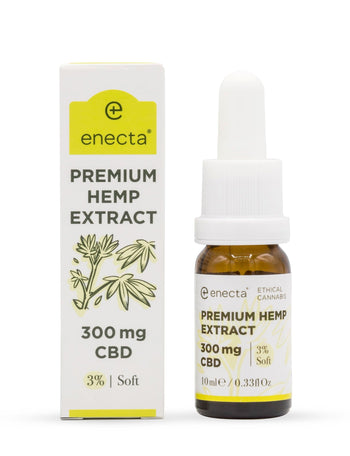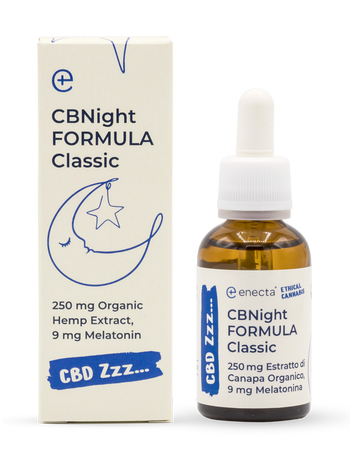A Brief History
It is impossible to examine the future of CBD, without a brief look at its history. It is believed that cannabis was first cultivated by the Chinese in 6000 BC. Cannabis has, therefore, been around for a very long time, and has been used since time immemorial for a wide range of ailments. In some pastoralist societies, like the Khoi-Khoi in southern Africa, it was the only crop grown and was used for recreational and medicinal purposes.
Hemp has also been cultivated for centuries and was used to make hemp rope and bags, which were extremely hardy and long lasting. Unfortunately, with the passage of many anti-marijuana laws in the late 19th and early 20th century, marijuana use and cultivation was outlawed and driven underground, and there it remained until the 1960’s.
Hemp also suffered from the demonization of marijuana, and cultivation of hemp was banned in many countries worldwide.
Birth of an Industry
Fast forward to the sixties, and the rapid explosion of the counter-culture movement led to a sharp increase in the recreational use of marijuana. The difference now was that the increase in use was predominantly amongst young, suburban whites, and marijuana uses were no longer confined to the denizens of working class society.
With this resurgence in use, interest in the medicinal uses of cannabis increased. Calls for research, based on decades of anecdotal accounts, were instituted. Early in the sixties the two main cannabinoids, CBD and THC, were isolated, and the birth of the modern, medical marijuana industry materialised.
The significance of the isolation of CBD cannot be under estimated. Proponents of the legalisation of medical marijuana were worried by consumer’s concerns for enjoying the medical benefits, without having the “high” associated with cannabis, and CBD oil seemed to fit the bill. CBD comprises roughly 40% of the cannabinoids found in cannabis, and the most popular application was a thick, concentrated, viscous CBD oil, which could be ingested relatively easily.
Based on largely anecdotal evidence, people started using CBD oil for a whole range of ailments from pain relief to appetite enhancement. Research into all aspects of medical marijuana blossomed, and, lo and behold, big pharma got interested, no doubt, smelling a fast buck.
Big Pharma
It is debatable as to whether one can patent a naturally occurring cannabinoid, like CBD, but one can certainly patent a synthetic version, and that seems to be the direction that big pharma is heading. Although large pharmaceutical companies have, in the main, been vaguely antagonistic towards the cannabis industry; I can see this changing in the near future, as big pharma becomes more and more aware of the financial possibilities of synthesising cannabinoids like CBD.
Political Considerations
A swing to the right in the USA and Europe, especially with the election of Donald Trump as US president, and the future of the whole marijuana industry may now hang in the balance. Trump’s decision to appoint Jeff Sessions as Attorney General, who displays a markedly anti-marijuana bias, may set the industry back by a couple of decades, and wipe out all the gains achieved.
However, being the populist that he is, it is debatable as to whether Trump will fly in the face of so many millions of his voters, but he might very well clamp down on recreational use and allow medical research to continue.
The medical use of cannabis is here to stay, despite the concerns voiced above, but it is still debatable as to what direction the industry will take, especially with the interest shown by big pharma and the political swing to the right in most of the northern hemisphere.
Author: Andrea Durrheim
































